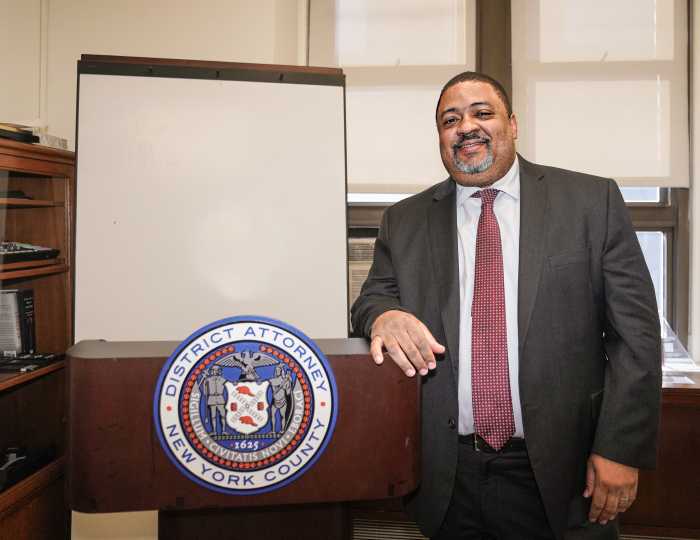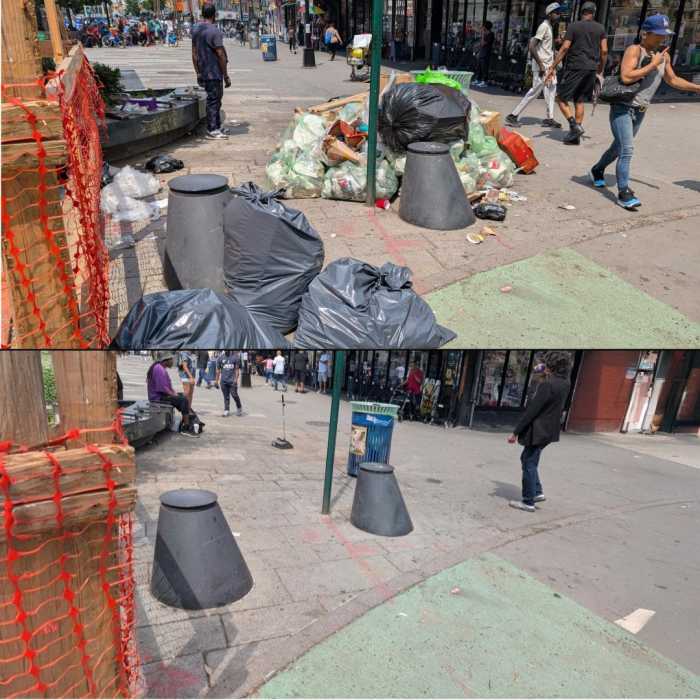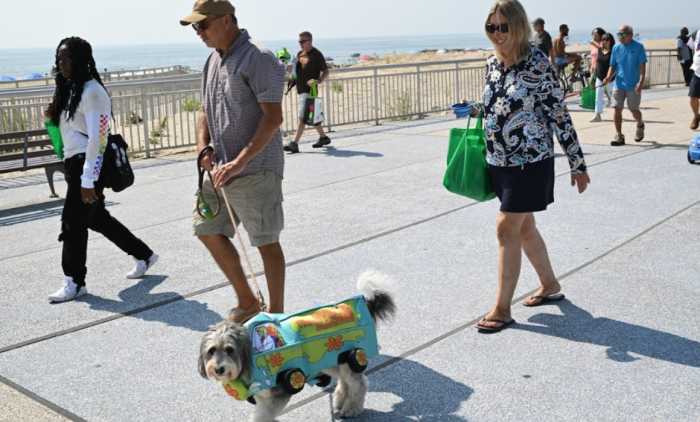
Over the past decade or so, the city has planted 1 million trees, added at least 300 miles of bike lanes and launched a universal pre-kindergarten program.
But it hasn’t made more than halting progress in solving a persistent problem for many in the city, as just one-quarter of 20 planned automatic toilets have been installed as part of a program launched in 2008.
That limited progress has gone largely unnoticed, with many New Yorkers saying recently they were unaware of the five restrooms. Usage statistics underscore this unfamiliarity, with the least-trafficked automatic public toilet of the five that are operating in the city — the one in Grand Army Plaza — serving an average of 18 people a day, according to city data.
“People on our groups online and on a lot of parenting, particularly mom, groups, are always posting about, ‘What do I do? And where do I go?’” said Christine Serdjenian Yearwood, founder of Up-Stand, which advocates for pregnant women and families. “That is a really big issue. So it would be welcomed if that were something that were publicized and made more available.”
In early 2008, city officials unveiled the first automatic public toilet in Madison Square Park. For 25 cents, individuals are offered up to 15 minutes in the bathroom, which self-cleans after each use.
A decade later, automatic public toilets are now stationed at Plaza de Las Americas in Washington Heights, Corona Plaza in Queens, Grand Army Plaza in Brooklyn and Fordham Plaza in the Bronx, and generally available from 8 a.m. to 8 p.m.
Under a 20-year franchise agreement inked in 2006, Cemusa agreed to install and operate 20 automatic public toilets, as well as 3,500 bus stop shelters and at least 330 newsstands. Cemusa, which was later purchased by JCDecaux, could generate profit by posting advertisements on these structures. In exchange, the company would pay the city at least $999 million in cash and provide $398 million in free advertising on its equipment outside the five boroughs.
The city Department of Transportation has received approval to install an automatic public toilet at the Williamsburg Bridge bus terminal and is proposing placing restrooms near Valentino Park and Pier in Red Hook, Prospect Park Southwest at 16th Street in Windsor Terrace and Municipal Plaza in lower Manhattan.
Before deciding on potential locations, the department must verify there is access to water, a sewer, sufficient sidewalk space for the wheelchair-accessible bathrooms and community support. The approval of the mayor and the City Council speaker is also required.
“The vast majority of the sites DOT has considered for automatic public toilets in the last 10 years have not been feasible due to either siting restrictions or lack of community support,” a Department of Transportation spokesperson wrote in an email.
For instance, Brooklyn Community Board 7’s transportation committee recently voted against installing an automatic public toilet in what they viewed as a fairly residential location in Windsor Terrace, and suggested some alternatives near a playground and park.
“The board members thought this wasn’t a great location for it because it didn’t have much foot traffic, and pointed out that there were other locations, actually pretty close to where this was proposed, that had a lot more foot traffic,” said Jeremy Laufer, district manager of the community board.
Where the bathrooms have been installed, daily usage rates vary widely. The most trafficked bathroom is in Madison Square Park and serves an average of 50 people a day, data show.
JCDecaux, which operates automatic public toilets across the world, would not provide numerical information showing how Madison Square Park’s usage rates compared to the popularity of automatic public toilets in other cities.
The Portland Loo, which launched in response to Portland, Oregon’s quest for public toilets and now has manual toilets in other locations, said its bathrooms get at least 85 uses a day in the winter. The Portland Loo’s busiest location in San Antonio, Texas, counts up to 250 users in the summer season, according to Evan Madden, a sales manager.
It may be unfair to compare automatic public toilets with their traditional manual counterparts because typical bathrooms do not offer someone up to 15 minutes of uninterrupted time, according to Carol McCreary, program manager at Public Hygiene Lets Us Stay Human, which advocates for more public toilets.
Poor publicity may also be holding down usage rates. Lal Singh, who has been driving a taxi for three decades, said he had not heard about the automatic public toilets, and was unsure how helpful they would be, given that he may get a ticket for parking near most of their locations.
Floyd Parks, 63, who stays in a safe haven shelter in the Bronx, said he has not noticed efforts to expand public restrooms, which he said are badly needed in the winter, when some park bathrooms are closed.
“They just give us tickets. My ticket was dismissed a little while ago for me urinating in public,” said Parks, who spent years on the street, before relying on the Bronx shelter. “People are in really bad situations now to find a place to go to the bathroom without getting a ticket, without getting harassed.”
In Madison Square Park, Julie Woidich, who was visiting the city from Germany, found the automatic public toilet thanks to the advice of a Shake Shack employee.
At Grand Army Plaza, the automatic public toilet went unused for 40 minutes during a recent evening commute. Nancy Peters, 46, said she has seen people use the bathroom, but figured it would be more in demand at night, when people could not use bathrooms in the library across the street.
“I go to the library,” said Peters, an East Flatbush resident.
Just how far the current model can be expanded is unclear. A JCDecaux spokesman said the firm does not post advertisements on the toilets, in part because customers are not typically interested in marketing there. The automatic public toilets cost $175,000 a piece, and up to $500,000 to install and about $40,000 annually to maintain, according to The New York Times. Without advertising revenue, each toilet would need to be used some 2.86 million times to pay for themselves with the $0.25 fee over the course of a year.
Some advocates suggest the city consider alternatives, such as working with the MTA to re-open bathrooms in subway stations or offering businesses a nominal subsidy to open their bathrooms to non-customers.
Research has shown public toilets are “extraordinarily popular,” according to Doug Lasdon, whose nonprofit legally challenged the city’s lack of public bathrooms on behalf of homeless people in the early 1990s.
“(JCDecaux) brought in a model in the ’90s, and it was a wildly popular idea,” Lasdon said of an earlier trial. “The fact that it’s taken the city 25 years to install five of them is pathetic.”
With Anne Ehart
An earlier version of this story misidentified the firm involved with public toilets in San Antonio, Texas, which is The Portland Loo.





























